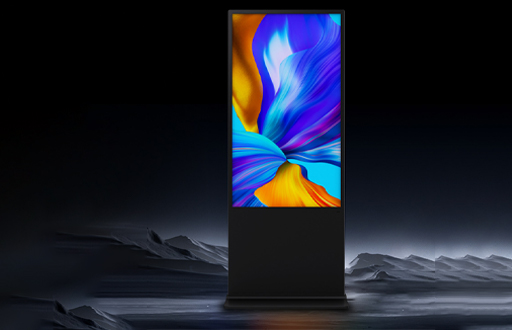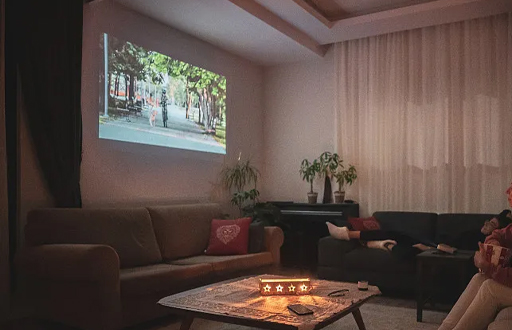In the era of rapid urban development, smart cities have become the inevitable trend of urban construction. Among the various technologies and devices that contribute to the smart city ecosystem, advertising machines play a crucial yet often underestimated role. Far beyond their traditional function of promoting products, advertising machines are evolving into a key component for efficient information transmission, urban management, and enhancing the quality of urban life in smart cities.
One of the primary applications of advertising machines in smart cities lies in public information dissemination. These machines can be strategically placed in various public areas such as subway stations, bus stops, shopping malls, and city squares. They serve as a real - time information hub, providing citizens with up - to - date news, traffic conditions, weather forecasts, and public service announcements. For example, during peak traffic hours, advertising machines at intersections can display alternative routes to help drivers avoid congestion. In case of emergencies like natural disasters or public health events, they can quickly convey important safety instructions and evacuation information to a large number of people, ensuring that the public receives critical information promptly and effectively.

In addition to public information, advertising machines also play a significant role in promoting urban culture and tourism. They can showcase the unique cultural heritage, historical sites, and tourist attractions of the city. High - definition displays with vivid images and engaging videos can attract both local residents and tourists, enhancing the city's cultural influence and tourism appeal. For instance, advertising machines in the airport or railway station can introduce the city's top - rated tourist destinations, local cuisine, and upcoming cultural festivals, giving visitors a comprehensive and appealing first impression of the city. This not only enriches the cultural experience of the public but also contributes to the development of the local economy.
From an urban management perspective, advertising machines can be integrated with smart city systems. They can be equipped with sensors and data - collection capabilities, enabling them to gather information about the surrounding environment, such as pedestrian flow, air quality, and noise levels. This data can be transmitted back to the city management center in real - time, helping urban planners and managers make more informed decisions. For example, by analyzing the pedestrian flow data collected by advertising machines in commercial areas, the city can optimize public transportation schedules, improve traffic management, and plan for the construction of new public facilities.
Moreover, advertising machines in smart cities offer a personalized advertising experience. With the development of artificial intelligence and big data technologies, these machines can analyze the characteristics and preferences of the audience in real - time. Based on factors such as age, gender, and consumption habits, they can display targeted advertisements that are more relevant and appealing to specific individuals or groups. This not only improves the effectiveness of advertising but also reduces the annoyance of irrelevant ads for the public. For example, in a shopping mall, an advertising machine can detect the age and gender of the approaching customers and show customized product recommendations, enhancing the shopping experience and potentially increasing sales.
However, the widespread application of advertising machines in smart cities also brings some challenges. Issues such as energy consumption, information security, and visual pollution need to be addressed. To reduce energy consumption, more energy - efficient display technologies and intelligent power - management systems should be adopted. Regarding information security, strict security measures must be implemented to prevent unauthorized access and malicious modification of the information displayed on the machines. To avoid visual pollution, the design and layout of advertising machines should be carefully planned to ensure that they blend harmoniously with the urban environment.
In conclusion, advertising machines in smart cities are no longer just simple advertising tools but have transformed into an important part of the urban information infrastructure. Their applications in public information dissemination, cultural promotion, urban management, and personalized advertising are shaping the future of information transmission in smart cities. With continuous technological innovation and proper management, advertising machines will play an even more significant role in creating more intelligent, convenient, and livable urban environments.





 English
English